Amy Winehouse was driven to the brink of madness
A new book featuring private jottings and scribbles from Amy Winehouse’s diaries offer a window into the furnace that was her soul.
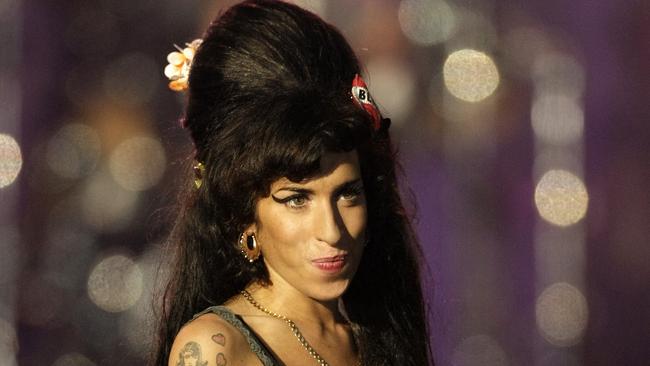
It has been 12 years since the British singer-songwriter Amy Winehouse died from what the coroner stated was “misadventure.” She was, at the time, being coerced into touring while on the brink of madness, and had 416mg of alcohol per 100ml of blood, over five times the legal drink-drive limit.
A small library of extravagantly affectionate books, films, and albums have since been released, with profits directed to the Amy Winehouse Foundation, an initiative set up by her divorced parents Janis and Mitch.
Her music (which makes an estimated $2 million per annum for her family) has inspired other creative projects such as Back to Black, the anticipated 2024 biopic directed by British artist Sam Taylor-Wood (50 Shades of Grey, Nowhere Boy).
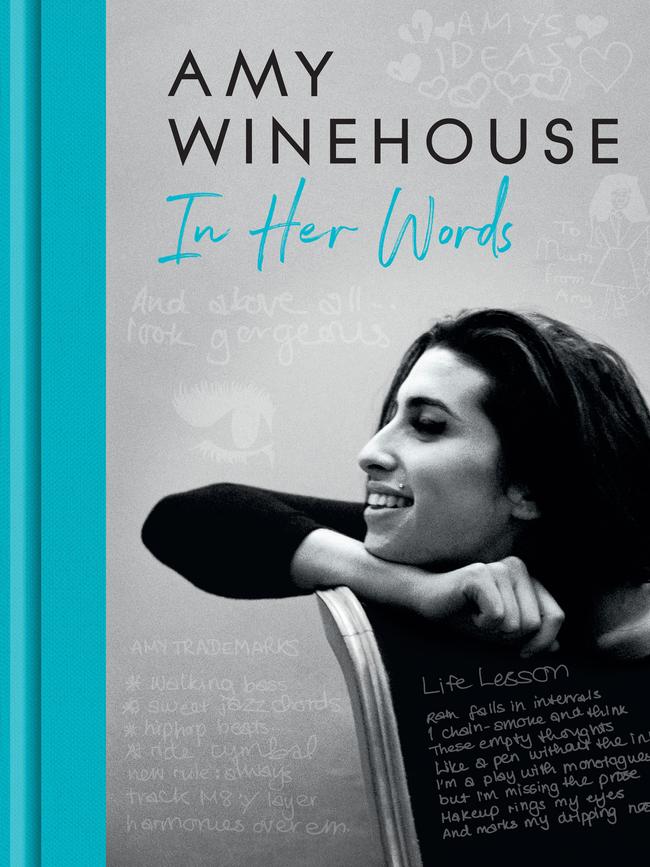
Now comes Amy Winehouse: In Her Words which would appear to serve multiple purposes, the first being nostalgia. Featuring candid photographs, quotes, rose-tinted reminiscences by family and friends, song drafts, and related memorabilia, the book is presented as a species of scrapbook, designed to be treasured by fans and simultaneously acting as an introductory course to her life and music.
It might also be read as a window into the furnace that was Winehouse’s soul.
Her spectacularly disordered life, characterised by the self-destructive sexual entanglements she used to fuel her gift and a substance use disorder that took root at the age of 13, served to distract – in the fashion of a decoy – attention from her meticulous devotion to her art.
“Amy was so secretive that unless she was 100 per cent satisfied it was the best work she’d produced, she wouldn’t share it with anyone,” her parents reveal.
In itself, Winehouse’s handwriting betrays the delicacy, idealism, and sensitivity that made it impossible for her to contain the strength - and impossible savagery – of her genius. As if Kapadia, in his award-winning 2015 documentary Amy, deftly captured this juxtaposition: the immensity of her talent, and her increasingly frantic attempts to escape the associated responsibilities. While the book makes it clear that Winehouse craved success – in one of the book’s early memos, her ambitions include being “photographed by David LaChapelle” and owning “over 300 pairs of shoes” – she had no real understanding of its price.
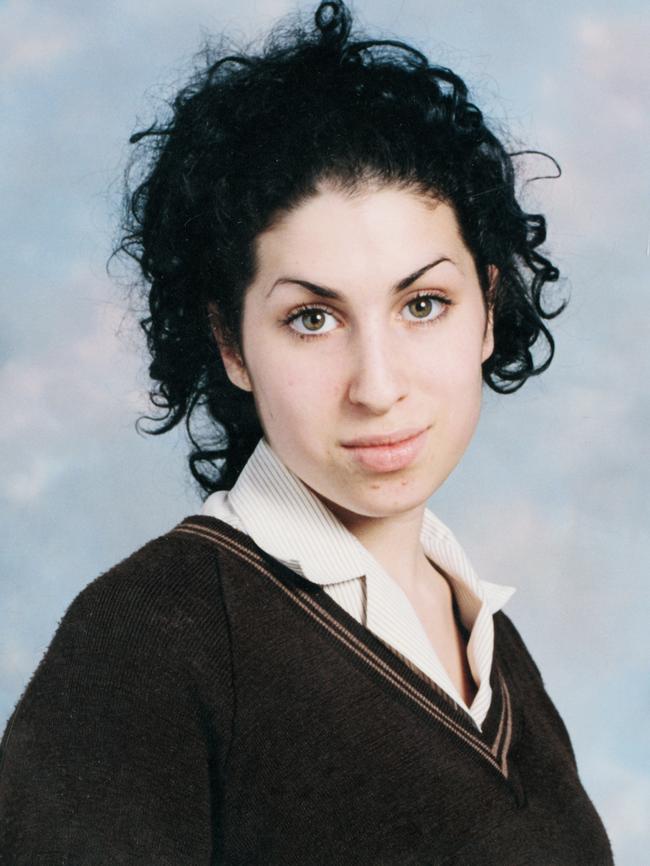
As the book’s curators, Winehouse’s parents have a vested interest in forgetting. Mitch came across badly in Kapadia’s documentary - in particular, in the scene showing his rejection of her devoted manager’s early attempts to persuade Winehouse to go to rehab - a refusal, that, ironically, inspired her most iconic song – and when, with a camera crew, he travelled to see her in St Lucia, where she was struggling to master an addiction to cannabis, crack and heroin.
The fact that Winehouse was a cannabis-addicted tearaway with a boyfriend by the age of 14 – she’d been prescribed anti-depressants for the first time the previous year – suggests that the tight-knit-family “working class hero” brand that catapulted her into global fame was misleading. This 13-year-old dreamt of leaving the family home, and sought on a daily basis, to numb herself with drugs against her feelings.
As Winehouse once said, “When my dad was there, he was never there. He was just never there!” Her “Daddy’s Girl” tattoo and need to infantilise herself in adulthood to attract his protection were standard. The intensity and complexity of her relationship to her father, a former cab driver and frustrated, if competent, singer, became unmanageable when he left the family for his mistress (“I was a coward,” he admits in the book); that relationship had started when Winehouse was 18 months old.
“Kept his dick wet,” Winehouse wrote in Back to Black, “with his same old safe bet.”
In retrospect, many of her most heart-rending songs could well be about her father (“We only said goodbye with words/ I died a hundred times”) rather than Blake Fielder, the shifty, hapless, seductive, substance-disordered husband who ostensibly inspired them.
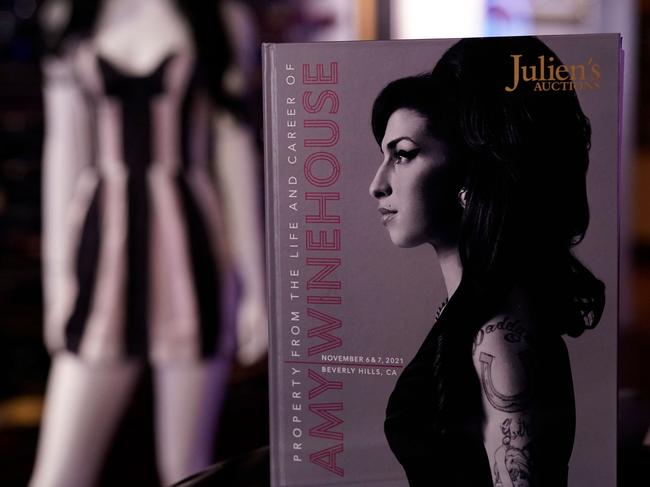
Rightly, Fielder has noted that he felt “punished” for Winehouse’s choices, which were often poor. Footage of her makes it clear that she had no tolerance for opinions that failed to chime with her own – as she announces in the book, “If being a diva is getting what you want and knowing how to go and get it, then I guess I’m a big fucking fat diva.” Patronisingly depicted as having been indoctrinated, Winehouse, even in death, continues to be absolved of responsibility for decisions that fed her favourite narrative: that of a woman doomed by her susceptibility to the men she loves.
None of this is made clear in the book because Winehouse’s parents are either insufficiently sophisticated - or, understandably, unwilling – to acknowledge the dark subtext: that she selected Fielder as a mate because he elicited the same feelings in her that her father had - adoration, anger, anguish, frustration, and yearning. The bulimia, cutting, promiscuity, and punching of the walls, all evident for years before Fielder, revealed grave elisions in her psyche.
Winehouse hated herself.
Her parents’ desire to remember the best of their only daughter, and to have her remembered at her best, whether through their laudable charitable efforts or public idealisation, is, again, understandable. Unfortunately, this demands the whitewashing of certain realities, such as the announcement in the foreword that winning five Grammy Awards in 2008 meant “everything” to Winehouse, when, in reality, she confessed on the night to her lifelong friend Juliette Ashby - who, in 2015, released Bittersweet, her own unsteady contribution to the ever-expanding Winehouse myth - “Jules, this is so boring without drugs.”
Like the documentary Amy, the insight into genius offered by the charming, deeply affecting Amy Winehouse: In Her Own Words is irreplaceable. Her impact on modern music, all the more remarkable for the brevity of her existence, remains immense, and to this end, all biographical material is valuable.
Antonella Gambotto-Burke is the author of Apple: Sex, Drugs, Motherhood and the Recovery of the Feminine. Follow her on Instagram. These images are extracted from Amy Winehouse: In Her Words by the Amy Winehouse Estate published by HarperCollins Australia. Available now, online and in all bookstores.

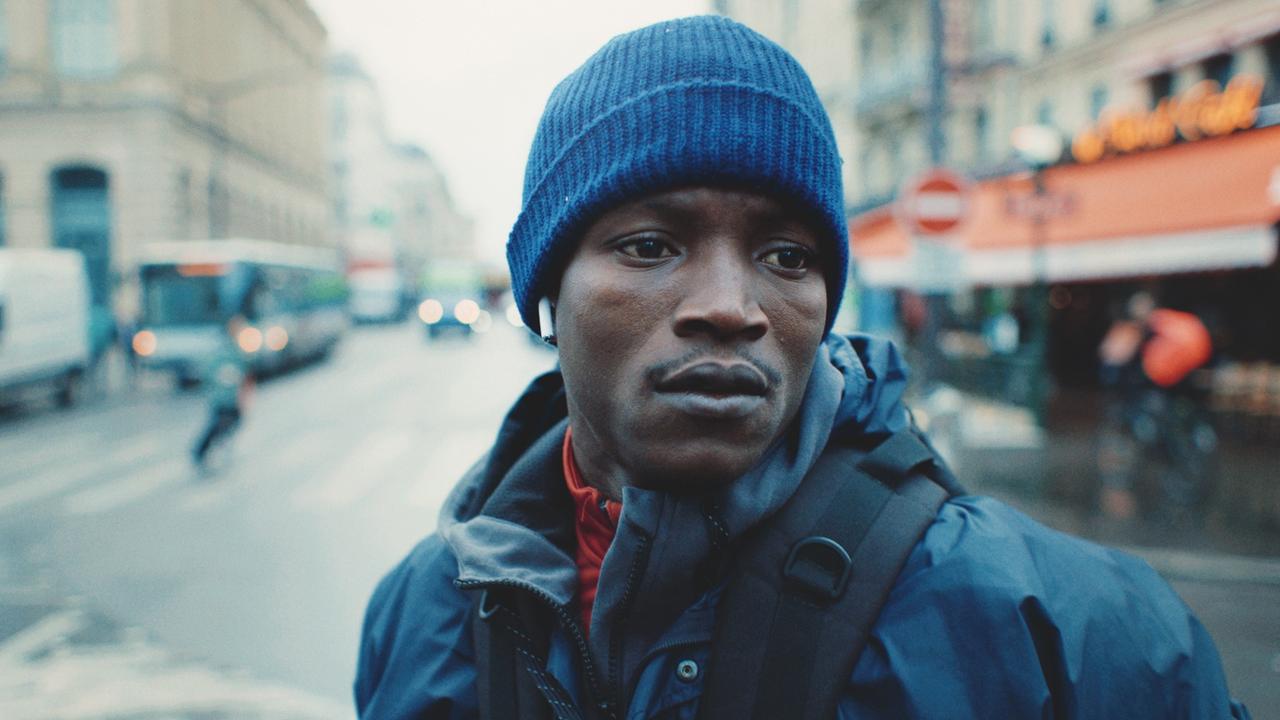
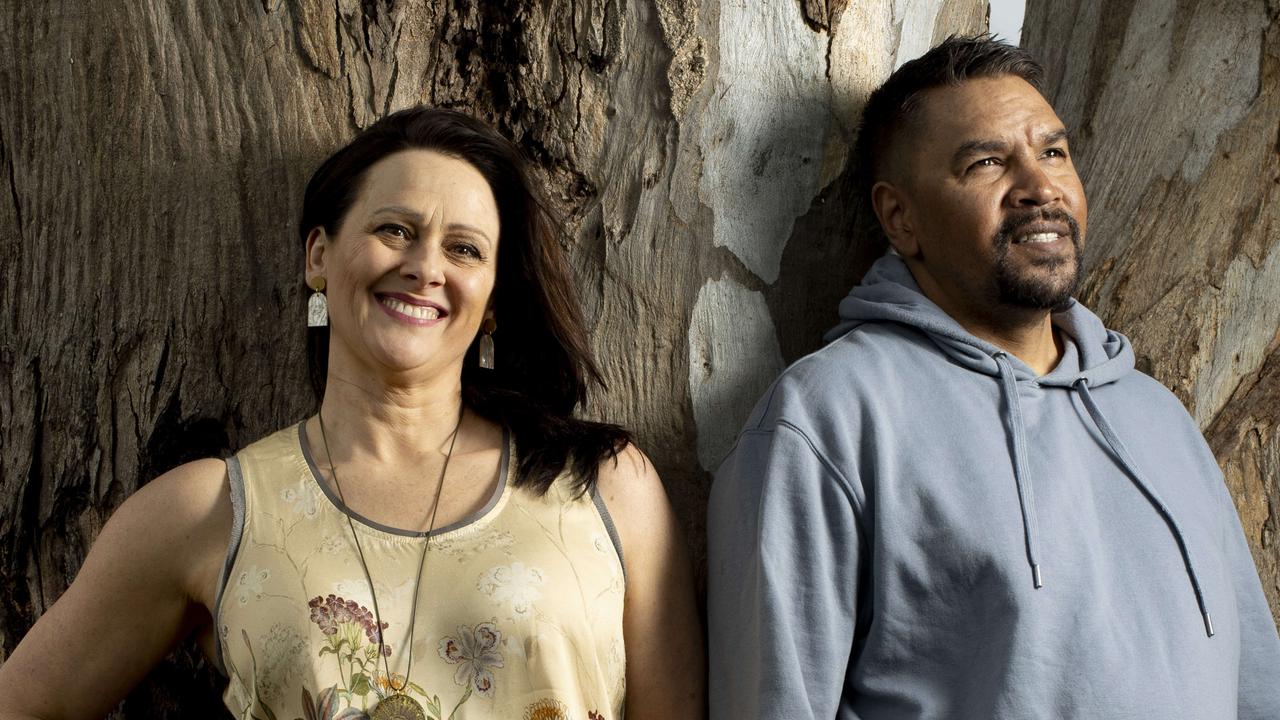
To join the conversation, please log in. Don't have an account? Register
Join the conversation, you are commenting as Logout